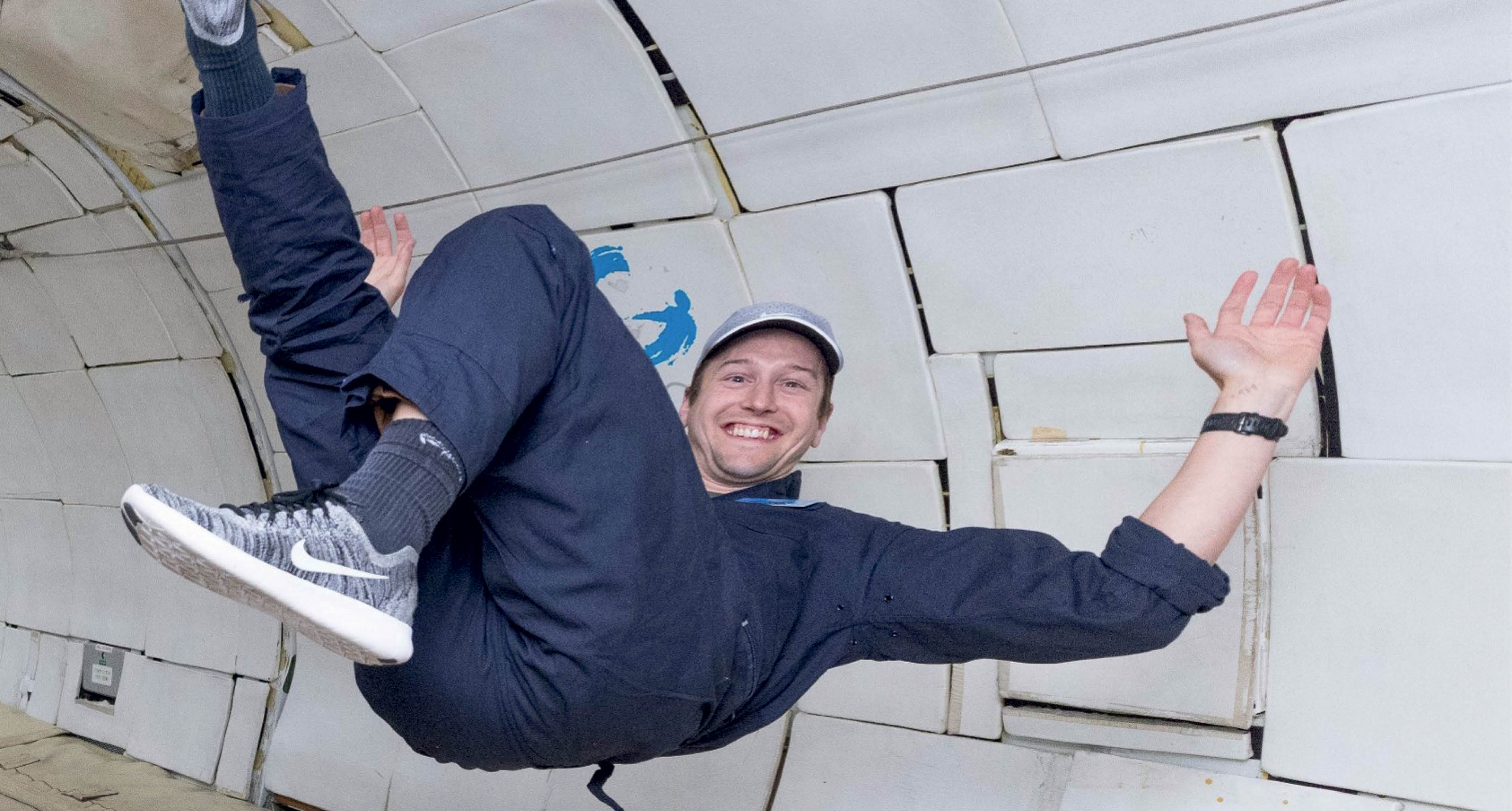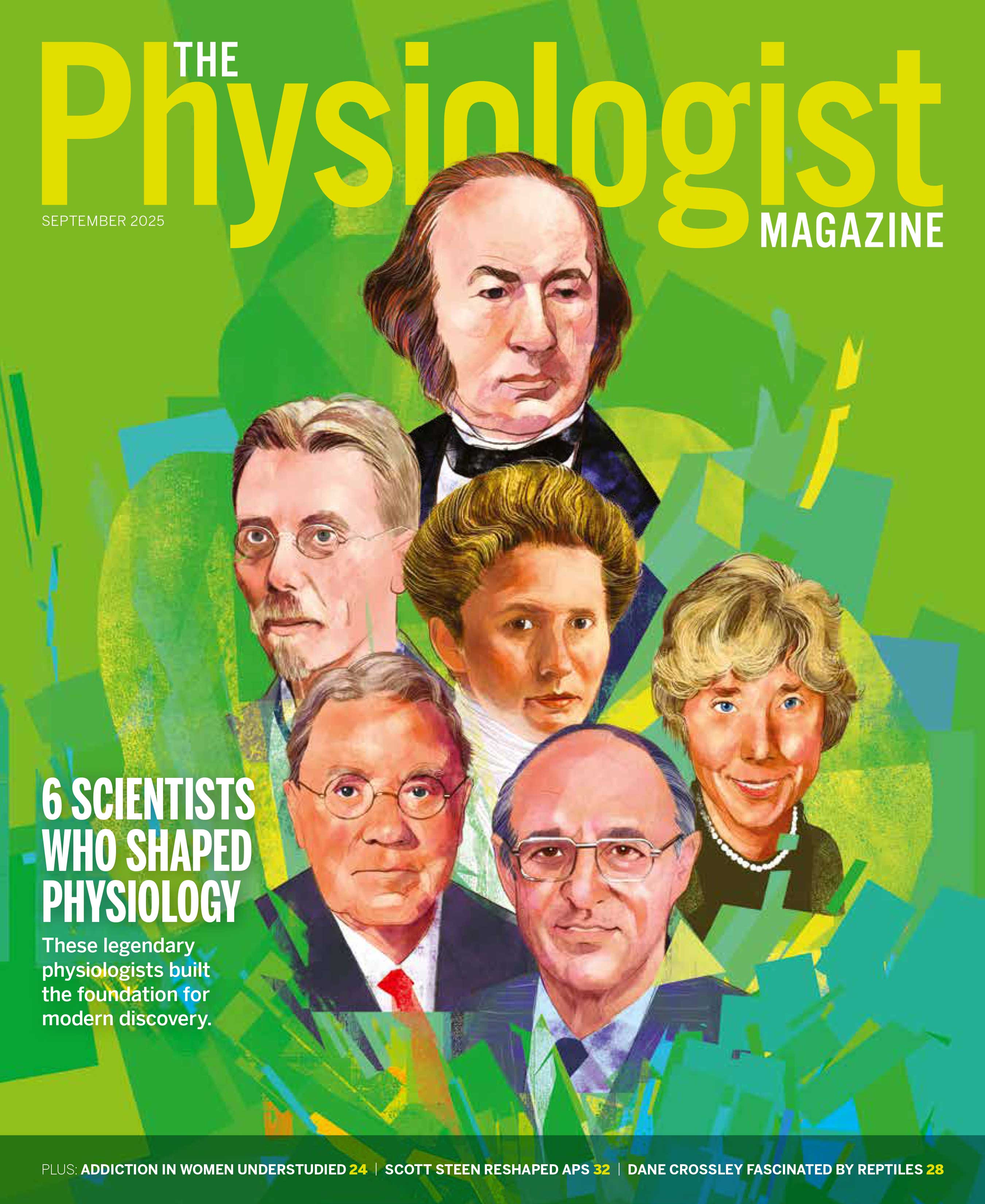Studying Human Health in Extreme Environments
This researcher's developing love for science led to a career with diverse projects.

Christopher M. Hearon Jr., PhD, is an assistant professor at the University of Texas Southwestern Medical Center and the Institute for Exercise and Environmental Medicine. His research investigates the mechanisms of vascular and autonomic dysfunction in patients with heart failure, obesity and hypertension.
Hearon’s research relates to human health and performance in extreme environments, including altitude and simulated spaceflight. Here’s what he shared with us:
Inspired young. One of my earliest childhood memories was creating a homemade science fair experiment with my father to test whether acceleration due to gravity was dependent upon the mass of an object. Remarkably, we found little variation in acceleration due to gravity for objects of different masses (unpublished observations, San Antonio Science Fair, 1995).
Finding a career. I didn’t seriously consider a career as a scientist until very late in my undergraduate education. There wasn’t a single moment of inspiration, but rather the gradual realization that I genuinely enjoyed learning about biology and the basic sciences. The people who stirred my passion for learning and science were all professors and scientists. Their example inspired me to continue to graduate school and eventually to pursue a career as a scientist.
Every day is different. My favorite part of my job is the diversity of projects I contribute to. I’ve been to the Andes mountains, the summit of Mount Everest (simulated) and experienced the weightlessness of microgravity during parabolic flight. I’ve had the privilege of working with some of the most amazing people, ranging from elite athletes to patients with rare conditions. Some days are spent running on the treadmill testing pilot protocols, tinkering in the lab or working at the bench, while others are spent reading, writing, teaching and traveling.
Feeling faint. For one of my investigations, we wanted to provide volunteers with short video demonstrations of how to execute various stressor protocols to help standardize instruction and provide reassurance that the stressors were nothing to be feared. Since it was my study, I volunteered to be filmed performing the protocols. One of the protocols involved a cold pressor test—submerging my hand in ice water—which can be quite uncomfortable. Pushing through a long day, I skipped lunch to keep filming. The scene was set, the camera was rolling and as I placed my hand in the ice water, I felt all the classic symptoms of a vasovagal response wash over me. Luckily, my lab mates sprang into action to rescue me, while the camera kept rolling. The video of me passing out during the cold pressor test did not make the final cut, as it wouldn’t have been too reassuring for our prospective volunteers!
Unexpected findings. The biggest misconception, not only of physiology but science broadly, is that most progress comes from a steady stream of “aha!” moments where your hypothesis was proven correct. My most memorable findings have come from “wait … what?!” moments when you observe the opposite of what you hypothesized.
Do you know someone we should meet? Email us at tphysmag@physiology.org and tell us more.
This article was originally published in the January 2025 issue of The Physiologist Magazine. Copyright © 2025 by the American Physiological Society.
The Physiologist Magazine
Read the Latest Issue
Don’t miss out on the latest topics in science and research.
Contact Us
For questions, comments or to share your story ideas, email us or call 301.634.7314.


